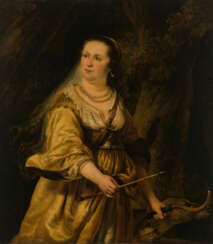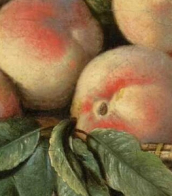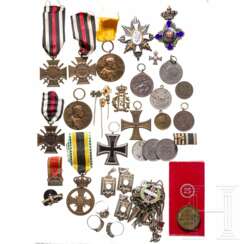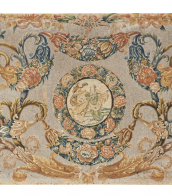lots de collecte de l'ordre



Joseph Fernand Henri Léger was a French artist renowned for his innovative approach to Cubism and his transition towards a figurative, populist style. Born in Argentan, Orne, Lower Normandy, Léger's early career was marked by a stint as an architectural draftsman and a series of educational pursuits that eventually led him to Paris, where he embraced painting seriously. His artistic journey was significantly influenced by the bold abstractions of Cubism, characterized by geometric shapes and a vibrant palette, distinguishing his work from his contemporaries with what came to be known as "Tubism".
Léger's service in World War I profoundly impacted his artistic direction, leading him to adopt a 'mechanical' style that depicted the modern industrial world with sleek, tubular forms. This period saw creations like "Soldier with a Pipe" and "The Card Players," reflecting his war experiences and the mechanical aesthetics of the time. The post-war era encouraged Léger to explore the mechanical style further, evident in works like "The Bargeman" and "Mechanical Elements," highlighting the pace of technological advancement.
Throughout his career, Léger's work evolved, notably in the 1920s, where he aligned with Purist ideas, blending classicism with modernity. This phase is exemplified in "Woman with a Cat," showcasing a classical form with a modern, polished finish. By the 1930s, Léger's art took a more figurative, populist turn, aiming to democratize contemporary art and make it more accessible. His commitment to art education, especially for the common worker, underscored his belief in the social role of art.
For those intrigued by Joseph Fernand Henri Léger's groundbreaking contributions to modern art, his works can be found in prestigious museums worldwide. His legacy continues to inspire art collectors and enthusiasts alike. To stay updated on exhibitions and auction events featuring Léger's work, sign up for updates and embrace the unique opportunity to explore the richness of his artistic endeavors.


Aert de Gelder was a Dutch painter. He was the only Dutch artist to paint in the tradition of Rembrandt's late style into the 18th century.
As author of biblical scenes and portraits his style was inspired by Rembrandt's, using his artistic ideas, well into the 18th century, without being influenced by contemporary new fashions. From the artistic point of view his work can not be considered as passive imitation of the master; indeed, it stands for inventiveness in the narrative, taste for the theatrical and a strong emotional charge of the characters. All these traits made him one of the most important interpreters of Dutch painting of the late seventeenth century.

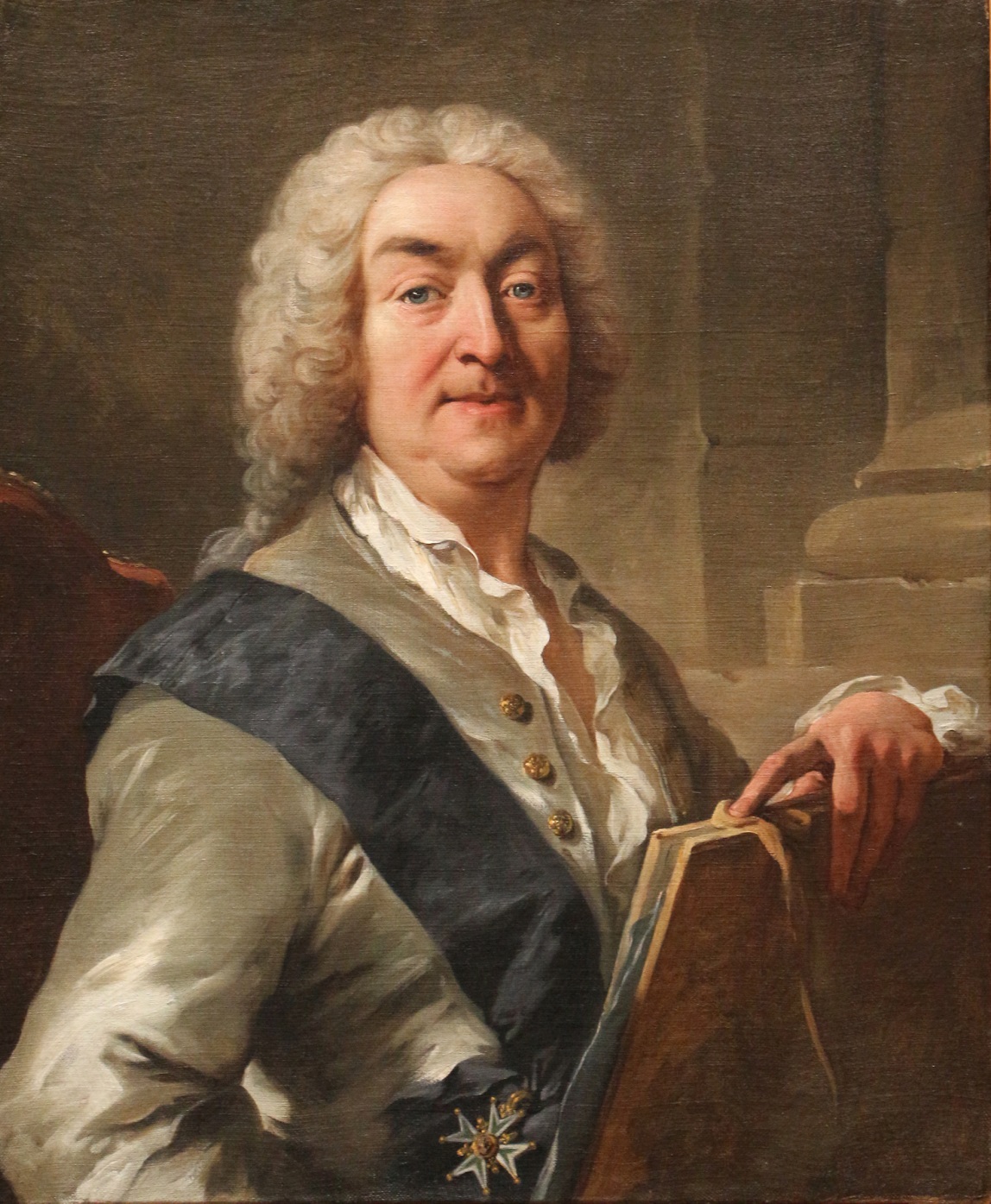
Jean-François de Troy was a French Rococo easel and fresco painter, draughtsman and tapestry designer. One of France's leading history painters in his time, he was equally successful with his decorative paintings, genre scenes and portraits. He was the inventor of the tableaux de modes ('paintings of fashions'), which attempted to provide a spirited portrayal of contemporary fashions, pastimes and manners.
He was the Director of the French Academy in Rome from 1738.


Simon de Vlieger was a maritime painter of the Golden Age of Dutch painting. He is best known for his paintings depicting the naval fleet of the Republic of the United Provinces of Holland. He painted ships in port, on the high seas, during storms, or shipwreck scenes. Flieger also made tapestries, engravings, and stained-glass windows for the Nieuwe Kerk in Amsterdam.


Aert de Gelder was a Dutch painter. He was the only Dutch artist to paint in the tradition of Rembrandt's late style into the 18th century.
As author of biblical scenes and portraits his style was inspired by Rembrandt's, using his artistic ideas, well into the 18th century, without being influenced by contemporary new fashions. From the artistic point of view his work can not be considered as passive imitation of the master; indeed, it stands for inventiveness in the narrative, taste for the theatrical and a strong emotional charge of the characters. All these traits made him one of the most important interpreters of Dutch painting of the late seventeenth century.


Simon de Vlieger was a maritime painter of the Golden Age of Dutch painting. He is best known for his paintings depicting the naval fleet of the Republic of the United Provinces of Holland. He painted ships in port, on the high seas, during storms, or shipwreck scenes. Flieger also made tapestries, engravings, and stained-glass windows for the Nieuwe Kerk in Amsterdam.







Jacob Levecq was a Dutch portrait painter of the Golden Age, a disciple of Rembrandt, and a member of the Dordrecht Guild of St. Luke. Levecq is known mainly for his portraits.



Aelbert Jacobsz. Cuyp was a Dutch Baroque painter, graphic artist and printmaker.
Aelbert is the successor of a dynasty of painters from Dordrecht. He was one of the leading Dutch landscape painters of the Dutch Golden Age. A pupil of his father, the painter Jacob Gerritsz. Cuyp (1594-1651), he is known primarily for his landscapes of the Dutch countryside in the light of early morning or late evening. But Aelbert Cuyp also painted canvases on biblical, mythological, and historical themes, still lifes, and portraits. The Italian style is evident in his works.


Tilly Kettle was an English portrait painter known for being one of the first British artists to travel to India.
In addition to portraits of European contemporaries, he also created many portraits of oriental princes and nabobs, as well as everyday genre pictures from their lives.









































